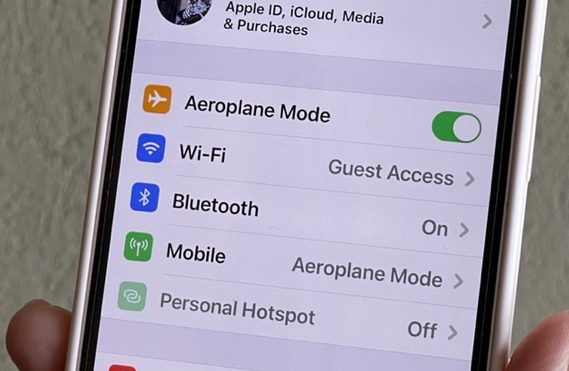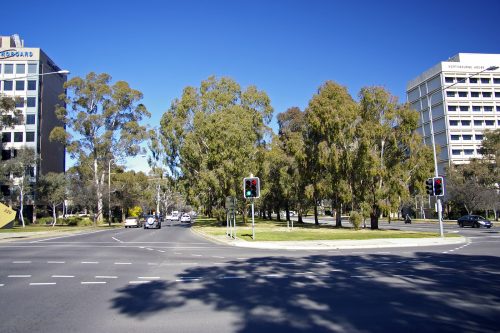By Bridie Scott-Parker, University of the Sunshine Coast
LEARNER drivers and parents are often thrown in the deep end when it comes to learning to drive and recording hours in the logbook. As part of a unique approach to improving young driver road safety, I asked learners what they want parents to know about learning to drive. The following take-home messages emerged.
1. Before you get in the car
Even though learner drivers had to pass a written theory test, double-check that they know the road rules before you get on the road. Who gives way at a T-junction when there is no signage?
Double-check that they know which pedal does what. It may be hilarious to talk about slamming on the brake instead of the accelerator after the event, but this could mean the difference between life and death when you are on the road.
Does your learner know that there is a spare tyre? Surprisingly, many young drivers with a provisional licence still do not know there is a spare tyre hidden somewhere in the car.
Warn them about the driving behaviour they will encounter. Learners are freaked out when other drivers don’t indicate or tailgate their vehicle.
Learners have a “bull’s-eye” on their car – the yellow L plate – and they are taught they must follow all the road rules. This is tricky when they see other older and more experienced drivers doing the wrong thing every time they venture on the road.
To these other drivers, think about what you are doing. Do you want to be involved in a crash with a learner? Making mistakes is a normal part of learning and if you are tailgating them, you are likely to be caught in that mistake.
Learners and parents want and need you to give them some space.
Make sure you have a back-up plan for when one (or both of you) freaks out. There will be freak-outs.
The best idea is to pull the vehicle over to the side of the road as soon as it is safe to do so, turn off the engine and get out of the car if it is safe and one or both of you really feel you need to do so. Chat about what happened, and how to prevent it happening again. If your learner is too freaked out to drive, you take over the driving.
2. Communication
You need to have clear communication, both verbal and non-verbal. It can be tricky, when you have been Mum or Dad for 16 years, and now you are an instructor and supervisor. This is a very different communication dynamic.
Even from the driver’s seat, learners can tell when you roll your eyes. Teenagers also tend to be acutely attuned to non-verbal communication, such as sighing, sudden intakes of breath and sarcasm.
You may feel compelled to yell and slam your foot on the imaginary brake. This may be good for your mental health! However, this can generate a range of risky responses in your learner: they could think you are hilarious (and maybe try to freak you out again); they could yell back (which means they may not be paying attention to the road); or they could freeze mid-traffic.
Also, only one supervisor at a time. If both parents are in the car, only one of you gets to be the supervisor. Learners tell me that more than one supervisor is just too confusing and too stressful.
If there are two parents in the car, make sure one of them shuts up!
3. How are they going to drive in future?
The learner phase isn’t just about filling in a logbook. Think about how they are going to drive when they have their provisional licence.
Carry those passengers now. Drive those routes now. Drive that vehicle now. Give them practice in those situations now, when you can be there to help detect and respond to hazards.
Start talking about planning ahead now. When they have their provisional licence, what are some options if something goes wrong and they can’t or shouldn’t be driving? Can they call you, take a cab, or stay over?
4. Where and when they drive now
Start simple. Look for quiet roads like industrial areas on a weekend, large streets, no traffic lights and no roundabouts. Gradually introduce these features as the learner gains experience and confidence.
Traffic lights look very straightforward to the experienced driver. Imagine you are an alien newly arrived on earth next time you drive through a signalised intersection. Think about how complex they really are.
Learners need more time to take everything on board. Sometimes they drive through red lights simply because they do not know where to look.
Roundabouts can be very scary, particularly multi-lane roundabouts. Wait until your learner has gained experience and confidence, and then practise using roundabouts outside peak hour if you can. Drivers of all ages can have trouble on roundabouts, so take your time.
Remember to let learners have a voice – start talking, and keep the conversation going.
The study findings will be presented as part of the University of the Sunshine Coast Gympie Open Day on Sunday, August 17.
![]()
Bridie Scott-Parker previously received funding from the National Health and Medical Research Council.
This article was originally published on The Conversation.
Read the original article.
Who can be trusted?
In a world of spin and confusion, there’s never been a more important time to support independent journalism in Canberra.
If you trust our work online and want to enforce the power of independent voices, I invite you to make a small contribution.
Every dollar of support is invested back into our journalism to help keep citynews.com.au strong and free.
Thank you,
Ian Meikle, editor





Leave a Reply